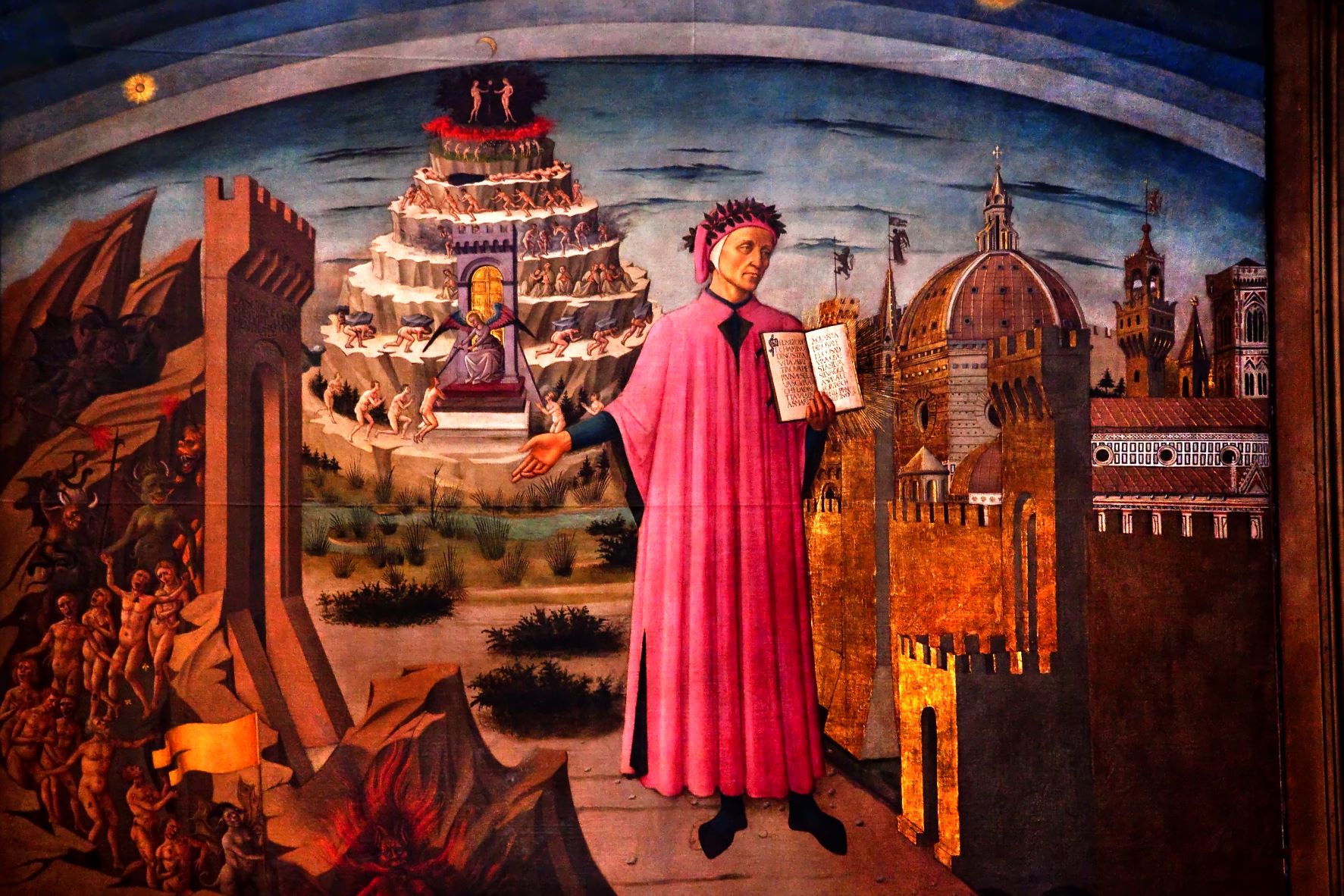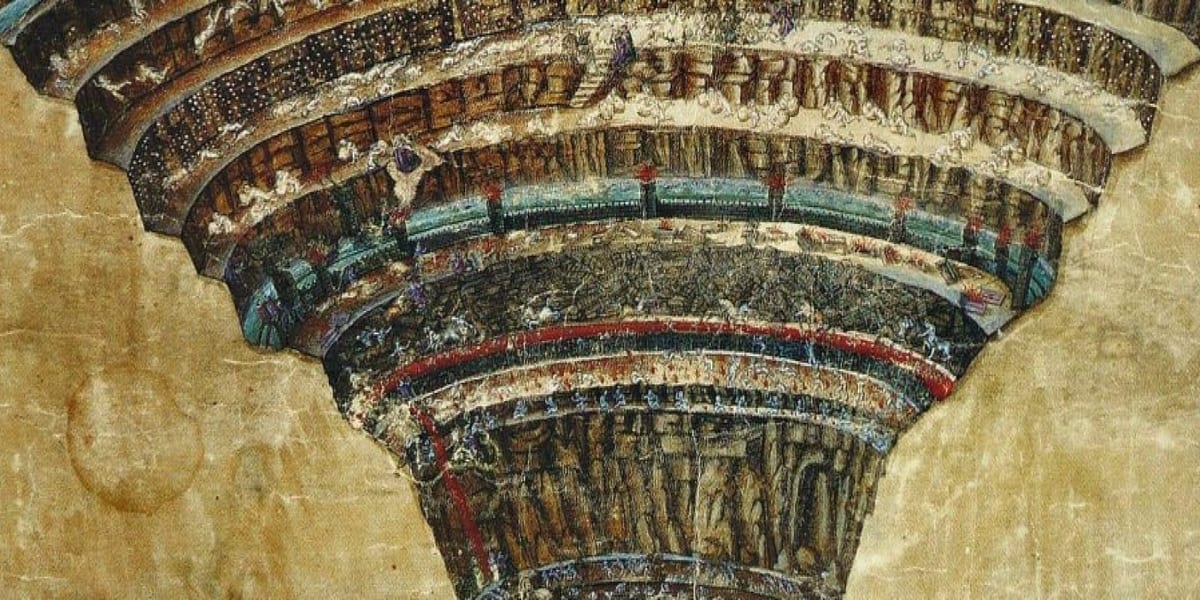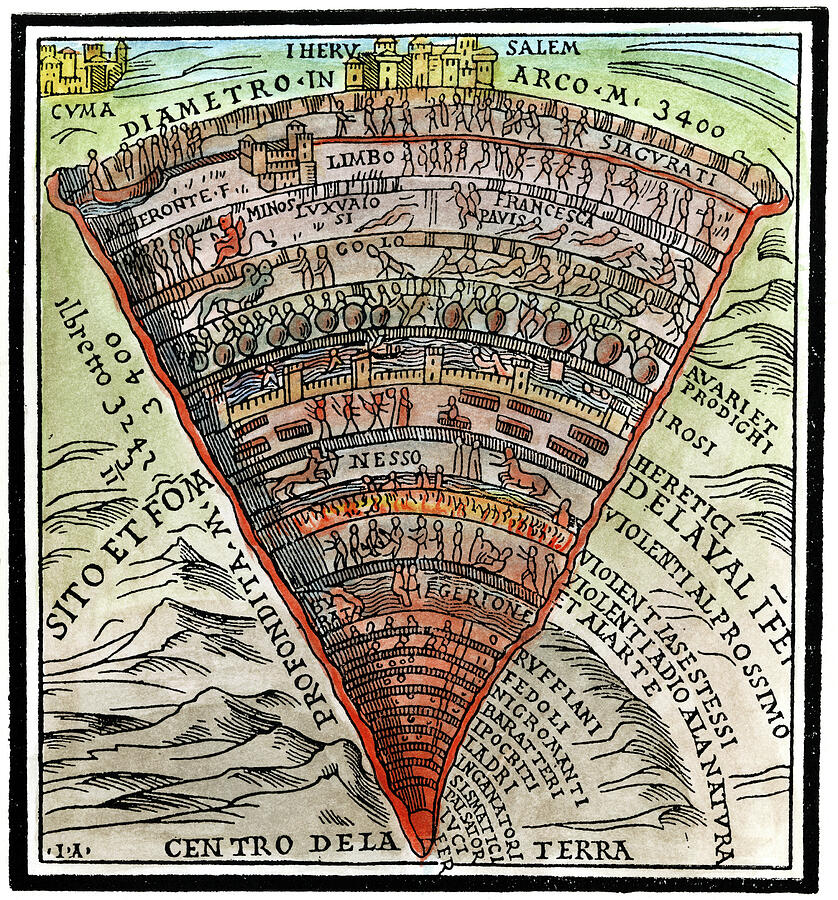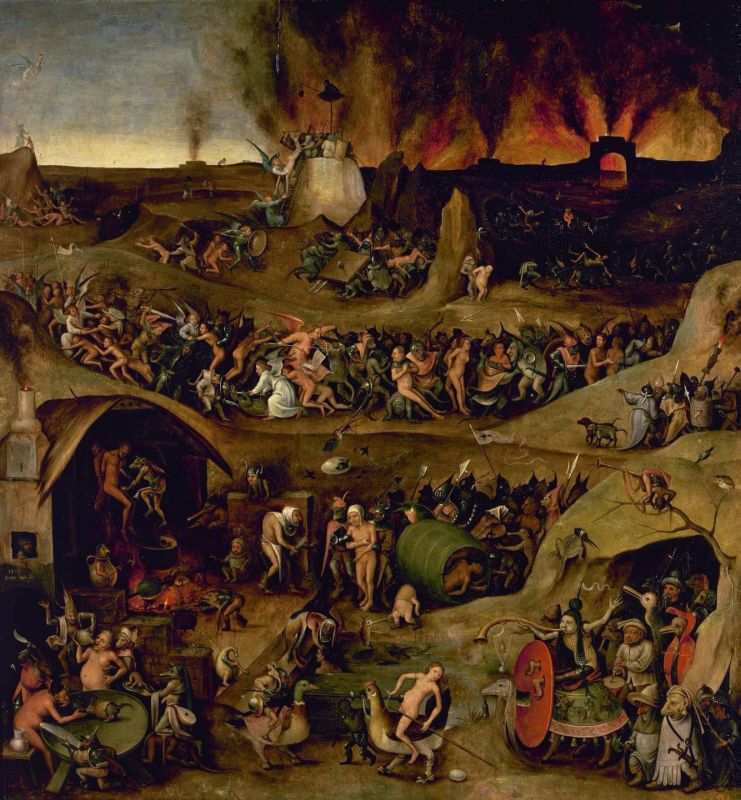A Journey to Dante’s Inferno: Exploring the Literary and Cultural Significance of Dante Alighieri’s Masterpiece
Related Articles: A Journey to Dante’s Inferno: Exploring the Literary and Cultural Significance of Dante Alighieri’s Masterpiece
Introduction
With great pleasure, we will explore the intriguing topic related to A Journey to Dante’s Inferno: Exploring the Literary and Cultural Significance of Dante Alighieri’s Masterpiece. Let’s weave interesting information and offer fresh perspectives to the readers.
Table of Content
A Journey to Dante’s Inferno: Exploring the Literary and Cultural Significance of Dante Alighieri’s Masterpiece

Dante Alighieri’s "Inferno," the first part of his epic poem "The Divine Comedy," stands as a cornerstone of Western literature. It is a work of profound philosophical, theological, and literary significance, offering a captivating exploration of sin, punishment, and the human condition.
The Journey Through the Underworld:
"Inferno" takes the form of a journey through the nine circles of Hell, guided by the Roman poet Virgil. Dante, lost and bewildered, embarks on this perilous descent, encountering a multitude of figures from history, mythology, and his own personal life. Each circle represents a different type of sin, with corresponding punishments designed to reflect the nature of the transgression.
A Literary Masterpiece:
Dante’s masterful use of language, imagery, and symbolism creates a vivid and unforgettable portrait of the underworld. His detailed descriptions of the tortures, the characters, and the landscape are both horrifying and captivating, drawing the reader into the depths of Hell. The poem’s structure, with its terza rima rhyme scheme, contributes to its rhythmic flow and memorable verses.
Theological and Philosophical Significance:
Beyond its literary merit, "Inferno" offers a profound exploration of theological and philosophical concepts. Dante’s work reflects the medieval worldview, where sin and punishment are central themes. The poem explores the nature of justice, the consequences of human actions, and the role of divine judgment.
Cultural Impact:
"Inferno" has exerted a profound influence on Western culture. Its imagery, characters, and themes have been adopted and reinterpreted in numerous works of art, literature, music, and film. The poem’s exploration of sin and punishment continues to resonate with modern audiences, prompting reflection on moral issues and the human condition.
Understanding Dante’s Inferno:
To fully appreciate the depth and complexity of "Inferno," it is essential to consider the historical and cultural context in which it was written. Understanding Dante’s own life experiences, his political and religious beliefs, and the prevailing theological doctrines of his time enriches the reading experience.
The Importance of Reading Dante:
Engaging with Dante’s "Inferno" offers a unique opportunity to delve into the human psyche, explore fundamental questions about morality and justice, and witness the power of language to create a vivid and enduring world. It is a timeless masterpiece that continues to captivate and inspire readers centuries after its creation.
FAQs about Dante’s Inferno:
Q: What is the main theme of "Inferno?"
A: The main theme of "Inferno" is the exploration of sin and punishment. Dante’s journey through Hell serves as a symbolic representation of the consequences of human actions and the nature of divine justice.
Q: Why is Dante’s "Inferno" considered a literary masterpiece?
A: "Inferno" is considered a literary masterpiece due to its masterful use of language, imagery, symbolism, and structure. Dante’s vivid descriptions, complex characters, and profound themes contribute to its enduring power and influence.
Q: What is the significance of the nine circles of Hell?
A: The nine circles of Hell represent different types of sin, with corresponding punishments designed to reflect the nature of the transgression. Each circle symbolizes a specific vice, from treachery to lust, and the punishments are tailored to the nature of the sin.
Q: What is the role of Virgil in Dante’s journey?
A: Virgil serves as Dante’s guide through the underworld. He represents reason and knowledge, leading Dante through the nine circles of Hell and providing him with insights into the nature of sin and punishment.
Q: How does Dante’s "Inferno" reflect the medieval worldview?
A: "Inferno" reflects the medieval worldview by emphasizing the importance of sin, punishment, and divine judgment. The poem’s exploration of theological and philosophical concepts is deeply rooted in the beliefs and doctrines of the time.
Tips for Reading Dante’s "Inferno":
- Read with a historical and cultural context: Understanding the historical and cultural context in which Dante wrote is essential for appreciating the poem’s nuances and significance.
- Focus on the language and imagery: Dante’s use of language and imagery is both powerful and evocative. Pay attention to his descriptions, metaphors, and symbols.
- Explore the characters: The characters in "Inferno" are complex and multifaceted. Consider their motivations, actions, and the role they play in Dante’s journey.
- Reflect on the themes: "Inferno" explores a range of themes, including sin, punishment, justice, and the human condition. Reflect on these themes and their relevance to your own life.
- Seek out scholarly resources: There are numerous scholarly resources available to help you understand and appreciate Dante’s "Inferno." Consult academic articles, books, and commentaries.
Conclusion:
Dante’s "Inferno" is a timeless masterpiece that continues to captivate and inspire readers centuries after its creation. Its exploration of sin, punishment, and the human condition resonates with modern audiences, prompting reflection on moral issues and the nature of justice. By engaging with Dante’s work, we can gain a deeper understanding of ourselves, our world, and the enduring power of literature to shape our perceptions and inspire our imaginations.

![The Inferno (Dante's Inferno) - Full Version [Illustrated and Annotated] (Literary Classics](https://m.media-amazon.com/images/I/61vRs+M3WlL._SL1236_.jpg)

:max_bytes(150000):strip_icc()/illustration-to-the-divine-comedy-by-dante-alighieri--abyss-of-hell---1480-1490--found-in-the-collection-of-the-biblioteca-apostolica-vaticana--486777773-5c3a03c246e0fb00016261f2.jpg)
![[PDF] The Inferno by Dante Alighieri, Gustave Doré, Henry Wadsworth Longfellow Perlego](https://www.perlego.com/books/RM_Books/firebrand/books/9780486813912.jpg)



Closure
Thus, we hope this article has provided valuable insights into A Journey to Dante’s Inferno: Exploring the Literary and Cultural Significance of Dante Alighieri’s Masterpiece. We thank you for taking the time to read this article. See you in our next article!